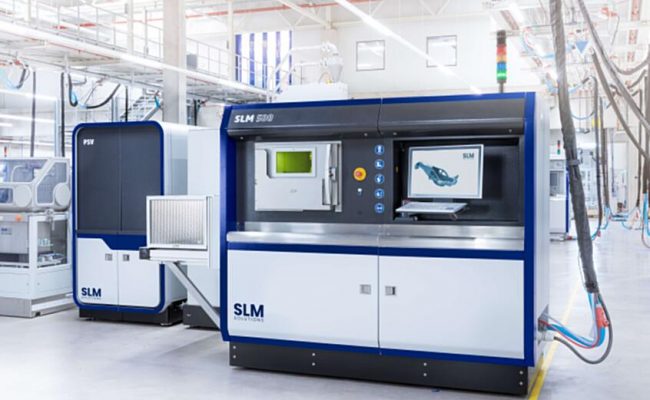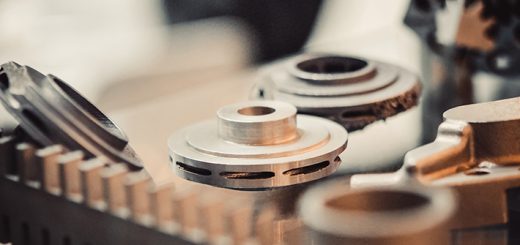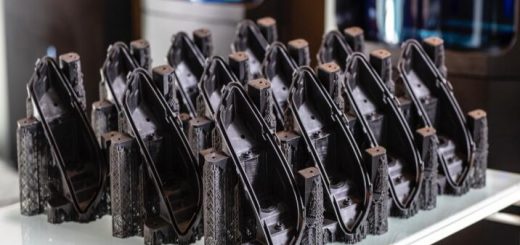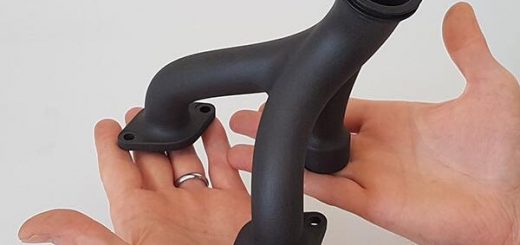Optisys Uses SLM® Technology to Manufacture Parts for Space Missions
Optisys, an advanced turnkey antenna and radar product supplier, uses the SLM®500 to manufacture parts used on space missions that include the moon. SLM® technology offers multiple advantages but of particular interest to space companies is that parts can be manufactured using topology optimization to produce light, compact and robust designs, built to withstand the harsh conditions of space.

Optisys is a revolutionary RF product development and manufacture company with a unique approach to creating highly integrated products, enabled by metal additive manufacturing. Its well-known customers rely on its broad spectrum of solutions, which includes feeds, slotted flat panels and phased arrays for antenna and radar applications used everywhere from sea to outer space.
With the SLM®500, the company now owns a high-tech metal additive manufacturing system; excellent for producing high-strength metal components. Janos Opra, Optisys CEO, explains: “We are a company that wouldn’t exist without additive manufacturing. The SLM®500 gives us exactly what we need, for example, to manufacture antennas used on space missions.” To do this, the components produced must be able to withstand the harsh conditions of the entire range of space environments from Low Earth Orbit (LEO) to deep space probes. Opra explains: “The atomic oxygen in the atmosphere virtually sandblasts the parts. They also must withstand high heat loads, and extreme temperature cycling, on other planets. The SLM® parts are not only lightweight, but they can also manage harsh conditions and are particularly robust with excellent performance.”
Compared to conventional manufacturing methods, SLM® technology can produce lightweight components by integrating internal hollow structures while maintaining a consistently high component quality. Even small reductions in weight, through component integration, can lead to enormous cost advantages through a reduction in launch costs; which are priced per kg and are a major cost driver for space companies. Due to these unique advantages and the pressure to keep costs to a minimum, conventional manufacturing methods are hardly an option for major players in the space industry.
“Additive manufacturing technology ensures we can create the lightest, strongest and best performing RF products available,” continued Opra. “By coupling large aspects of the RF system into single components or repeatable tiles, our customers can reduce weight enormously over competing suppliers. This is of prime importance for many players in the ‘New Space’ market particularly.”
The SLM®500 is a multi-laser system with up to four 700W lasers working simultaneously. It features closed powder handling with automated powder sieving and supply during the build process without any powder contact. The ability to change the build cylinder minimizes machine downtime, maximizes productivity and reduces cost per part. Due to a smart assembly in the build envelope, Optisys produces several individual components in one build process with the SLM®500 – something that is particularly efficient and not possible with conventional manufacturing methods.
Sam O’Leary, CEO of SLM Solutions, emphasizes: “We are proud that metal-based additive manufacturing is making such an important contribution to space missions. This deployment demonstrates how robust the parts produced with SLM® technology are. Innovative, top-tier companies such as Optisys continue to drive additive manufacturing forward and bring it to other planets. It makes us proud to enable their success.”
Source: SLM Solutions
For press release, welcome to send to 3D Science Valley at 2509957133@qq.com




Recent Comments